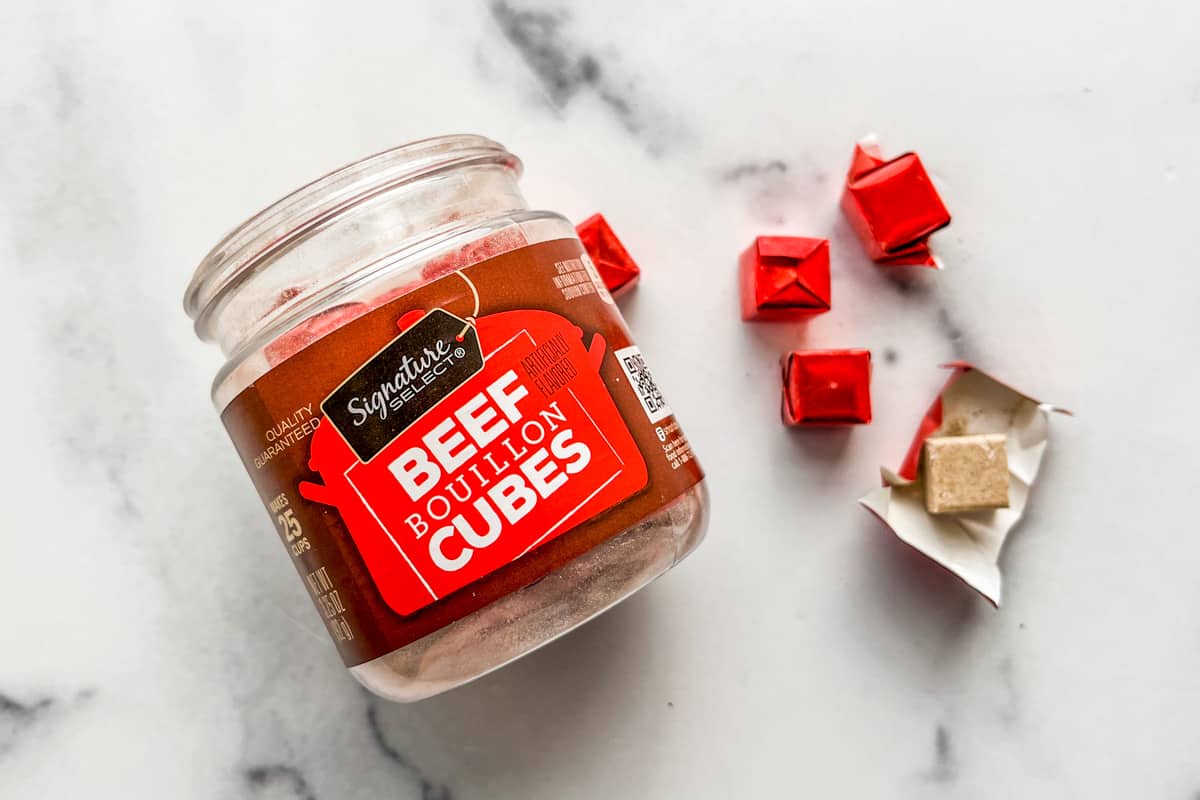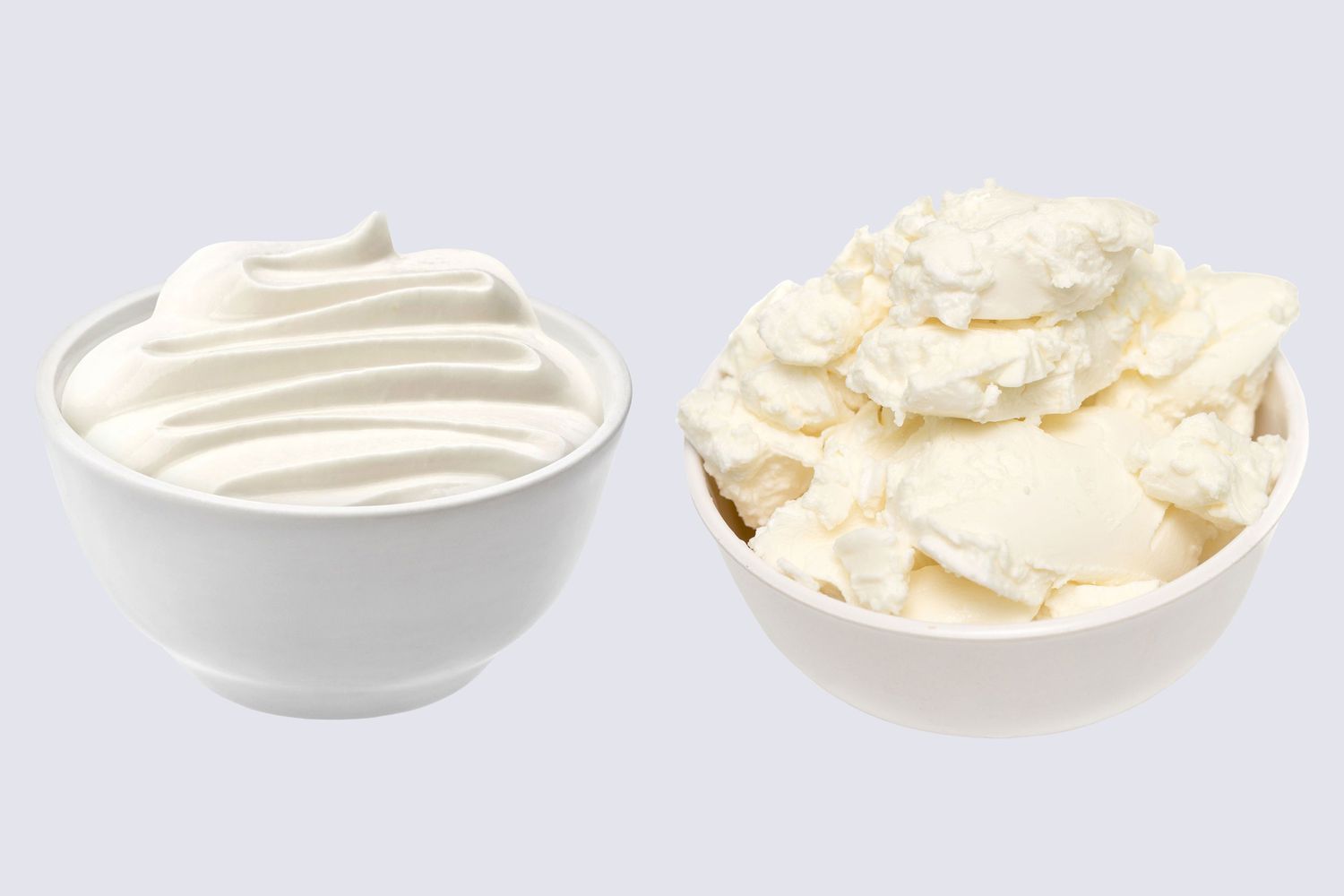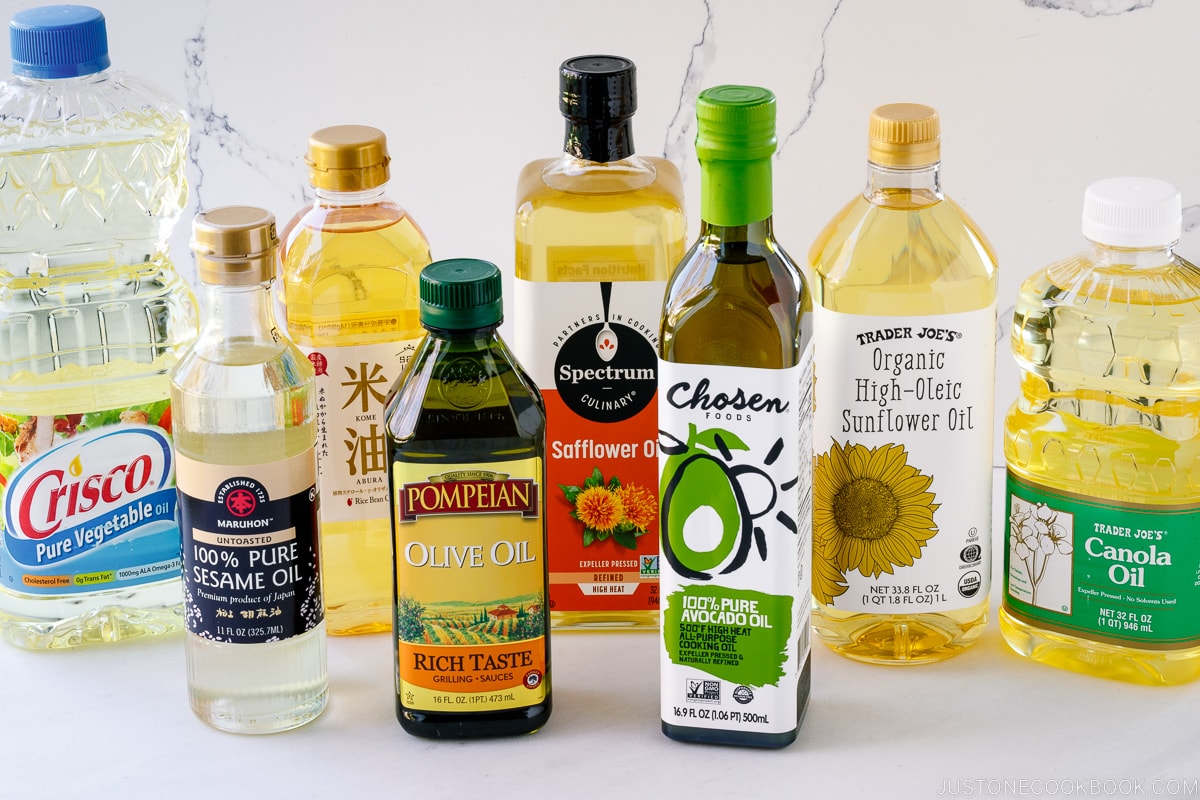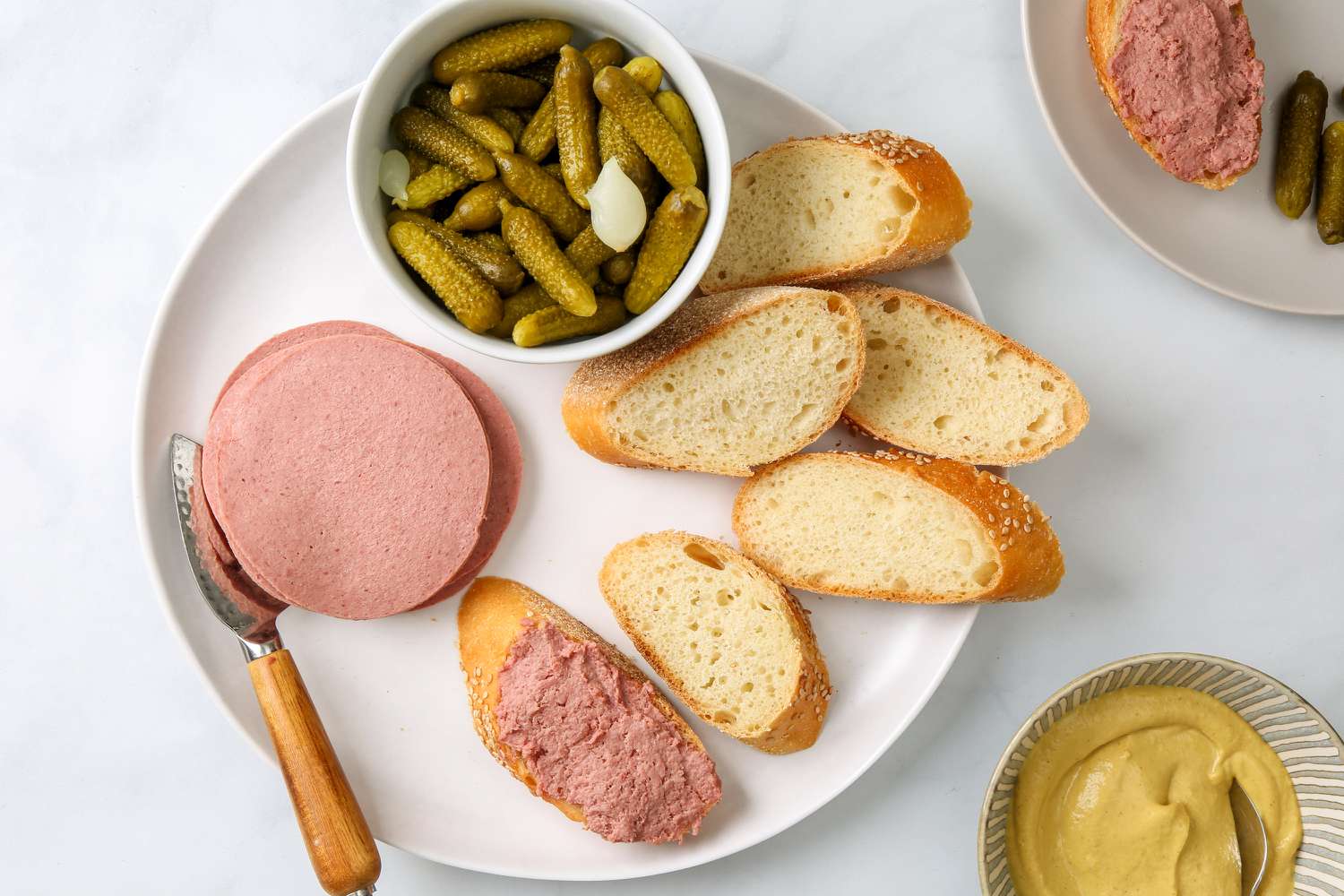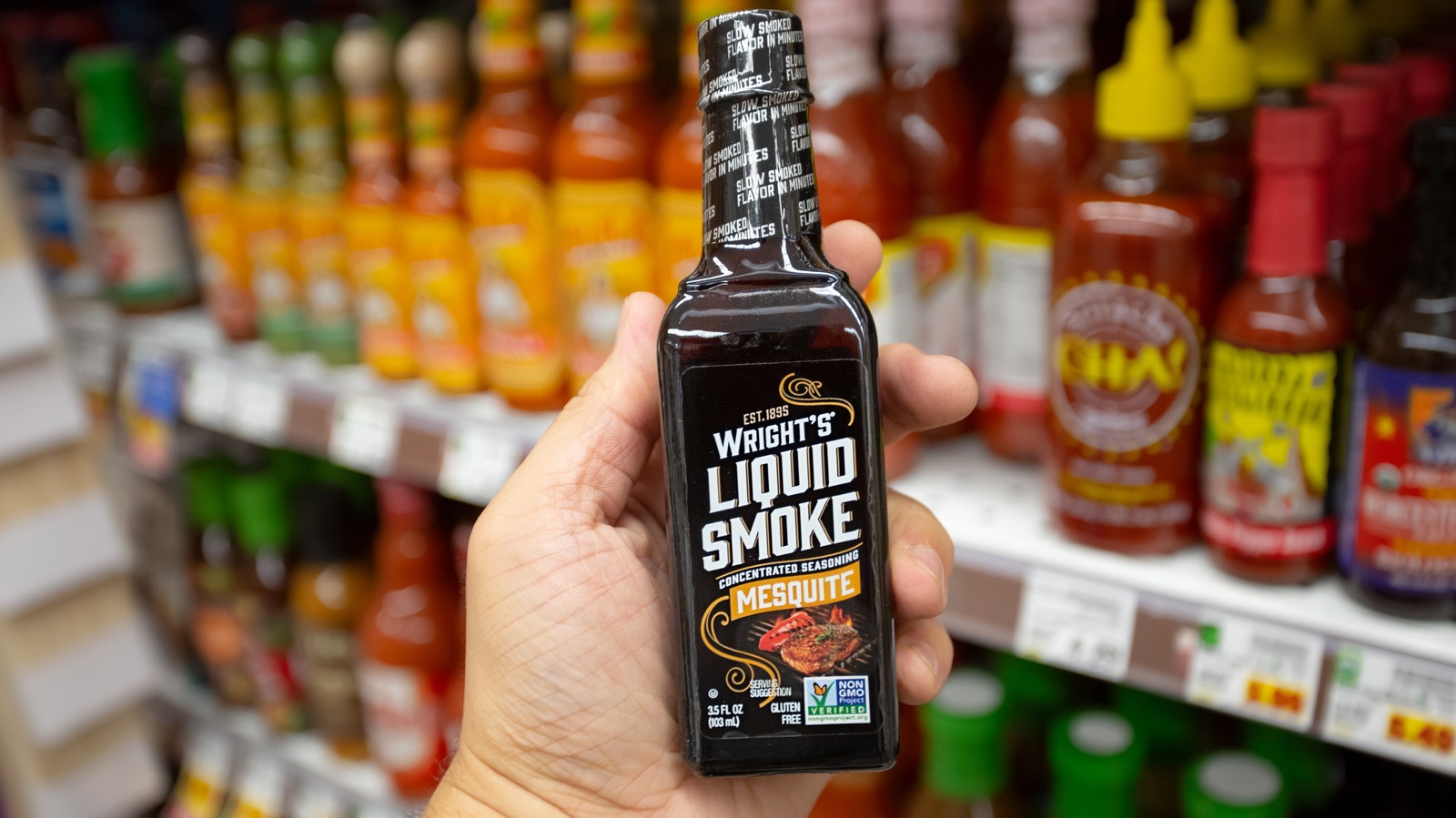Understanding Milk Syrup: A Delicious and Versatile Sweetener
When it comes to sweeteners, there are a wide variety of options available, each with its own unique flavor and uses. One such sweetener that has been gaining popularity in recent years is milk syrup. But what exactly is milk syrup, and how is it used in cooking and baking?
What Is Milk Syrup?
Milk syrup, also known as sweetened condensed milk, is a thick and creamy sweetener made from milk and sugar. It is created by evaporating a significant portion of the water content from milk and then adding sugar to create a thick, sweet syrup. The result is a rich and indulgent sweetener that is often used in a variety of desserts and baked goods.
Uses of Milk Syrup
Milk syrup is a versatile ingredient that can be used in a wide range of recipes. Here are some popular uses of milk syrup:
- Baking: Milk syrup is commonly used in baking to add sweetness and moisture to cakes, cookies, and bars. It can also be used to make fudges and candies.
- Coffee and Tea: Milk syrup can be added to coffee or tea to create a rich and creamy beverage. It is a popular addition to specialty coffee drinks and teas.
- Desserts: Milk syrup is a key ingredient in many dessert recipes, including ice creams, puddings, and pies. Its creamy texture and sweet flavor make it a popular choice for creating indulgent desserts.
- Sauces and Frostings: Milk syrup can be used to make sweet and creamy sauces and frostings for a variety of dishes. It adds a rich and decadent flavor to these preparations.
Benefits of Using Milk Syrup
There are several benefits to using milk syrup as a sweetener:
- Rich Flavor: Milk syrup has a rich and creamy flavor that adds depth to desserts and beverages.
- Long Shelf Life: Milk syrup has a long shelf life, making it a convenient pantry staple for sweetening recipes.
- Easy to Use: Milk syrup is easy to incorporate into recipes and requires no additional preparation.
- Versatile: Milk syrup can be used in a wide variety of recipes, making it a versatile sweetener for both sweet and savory dishes.
Conclusion
Milk syrup is a delicious and versatile sweetener that can be used in a wide range of recipes. Its rich flavor and creamy texture make it a popular choice for adding sweetness and depth to desserts, beverages, and savory dishes. Whether you’re baking a cake, making a creamy sauce, or sweetening your morning coffee, milk syrup is a convenient and delicious option to consider.
Was this page helpful?
Read Next: What Is The Definition Of Cream Soup
